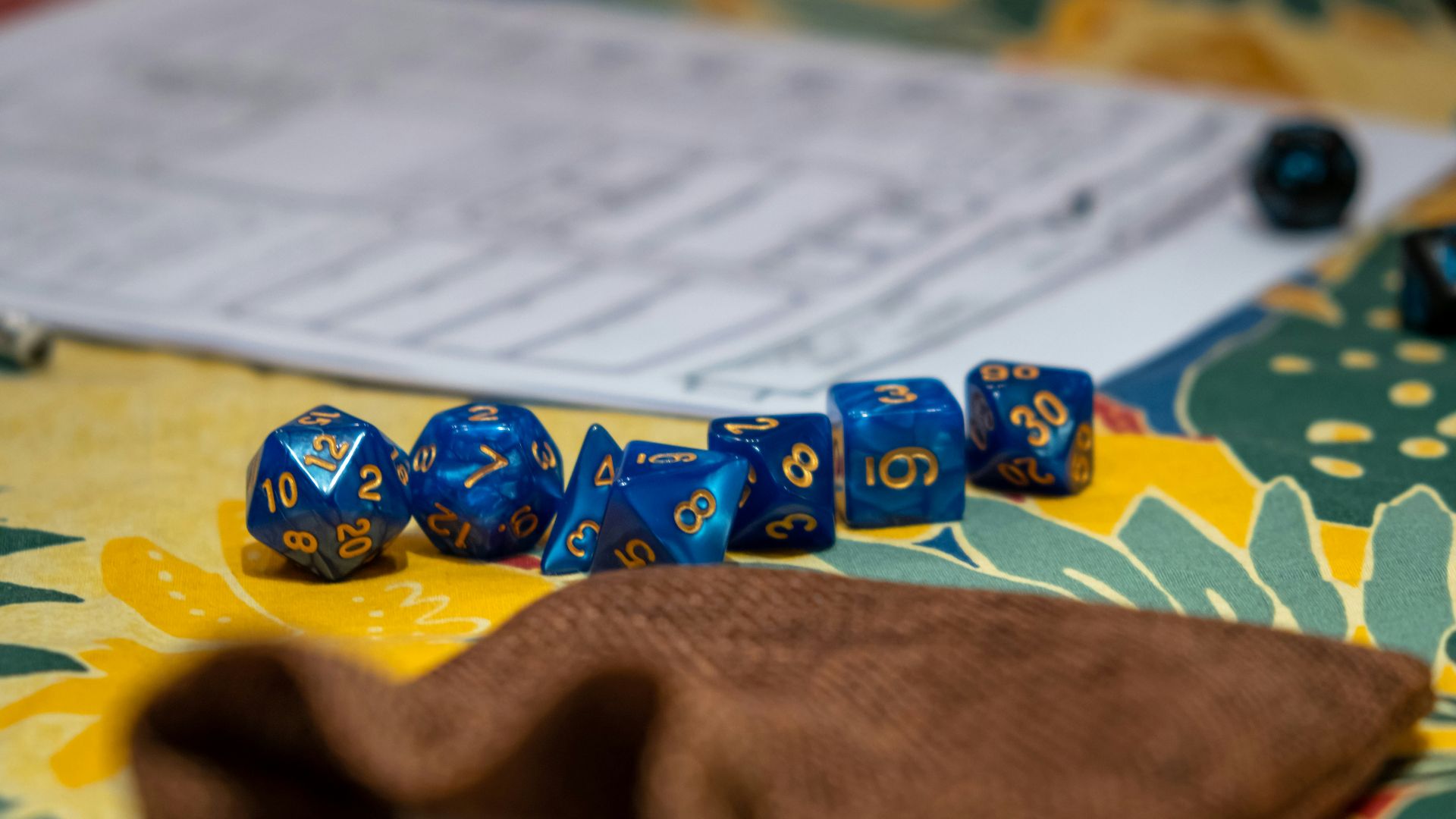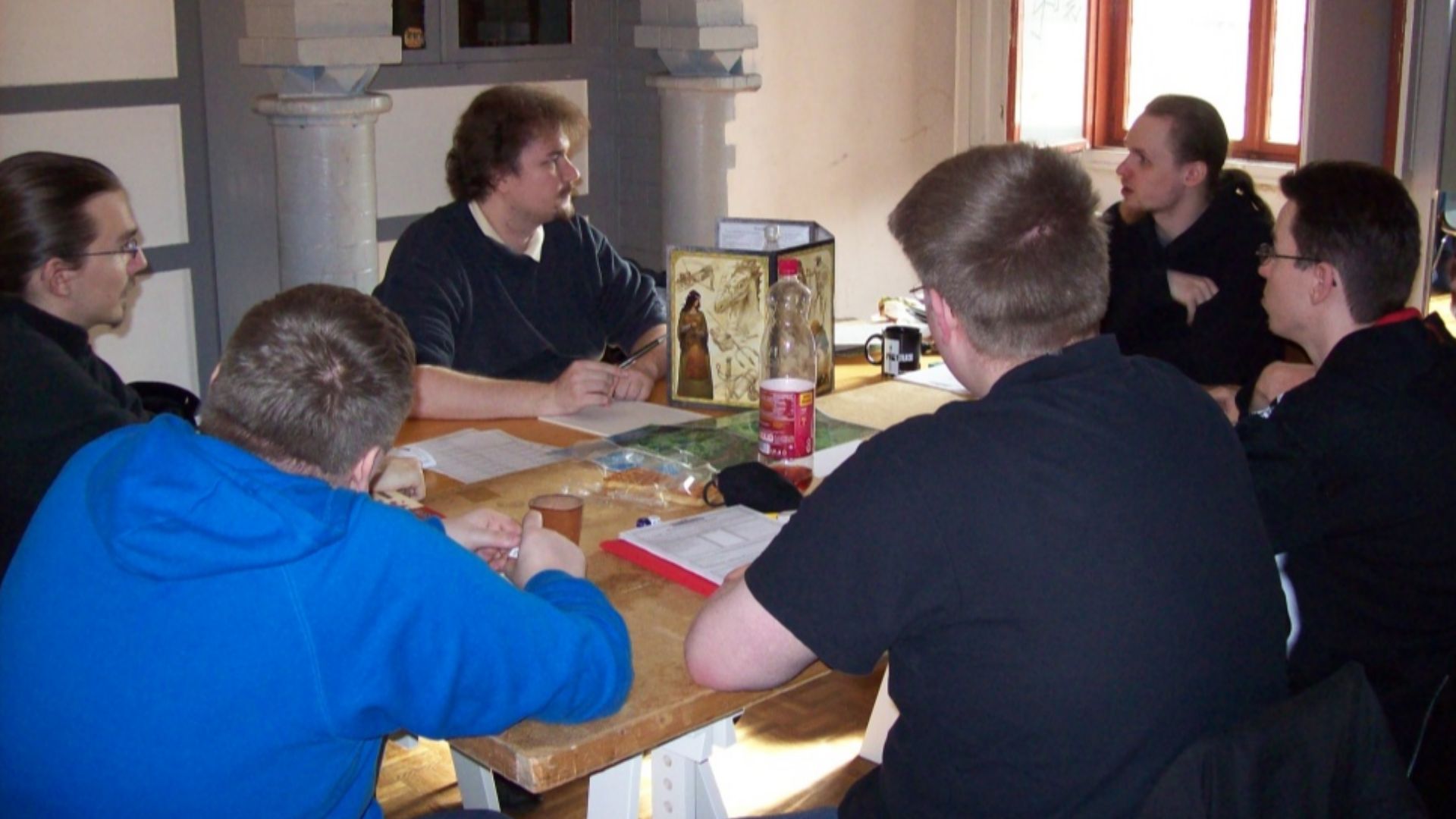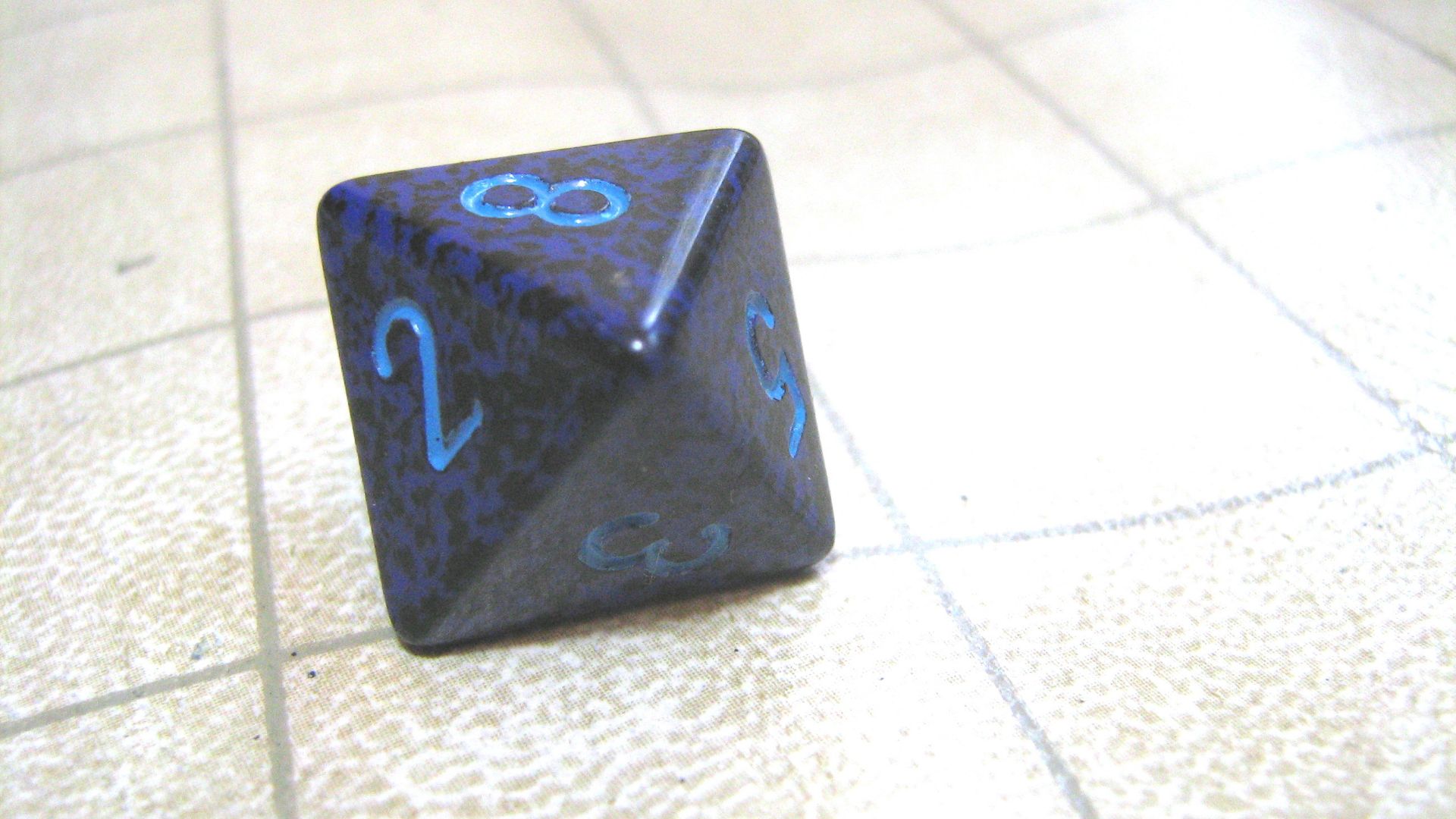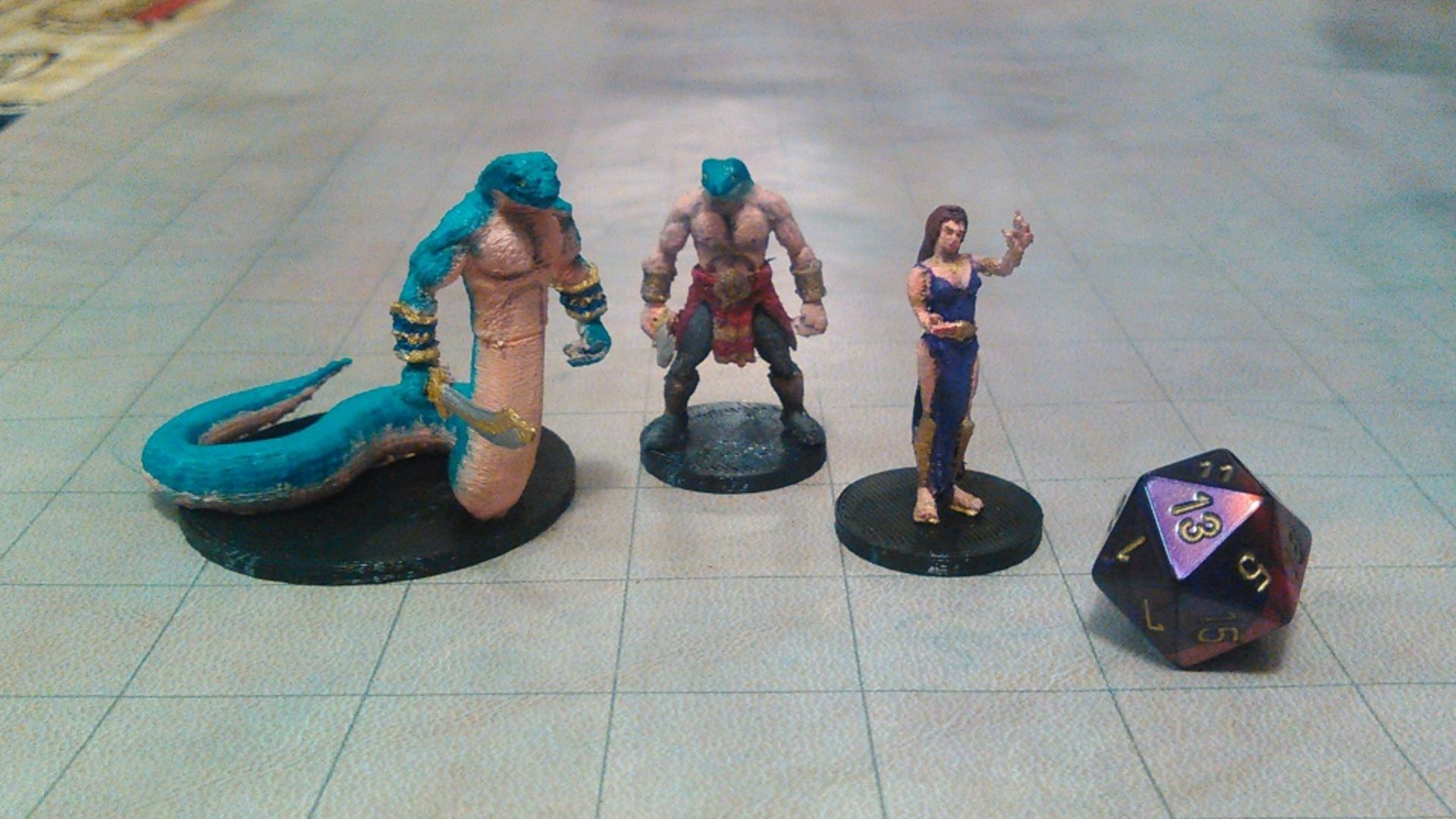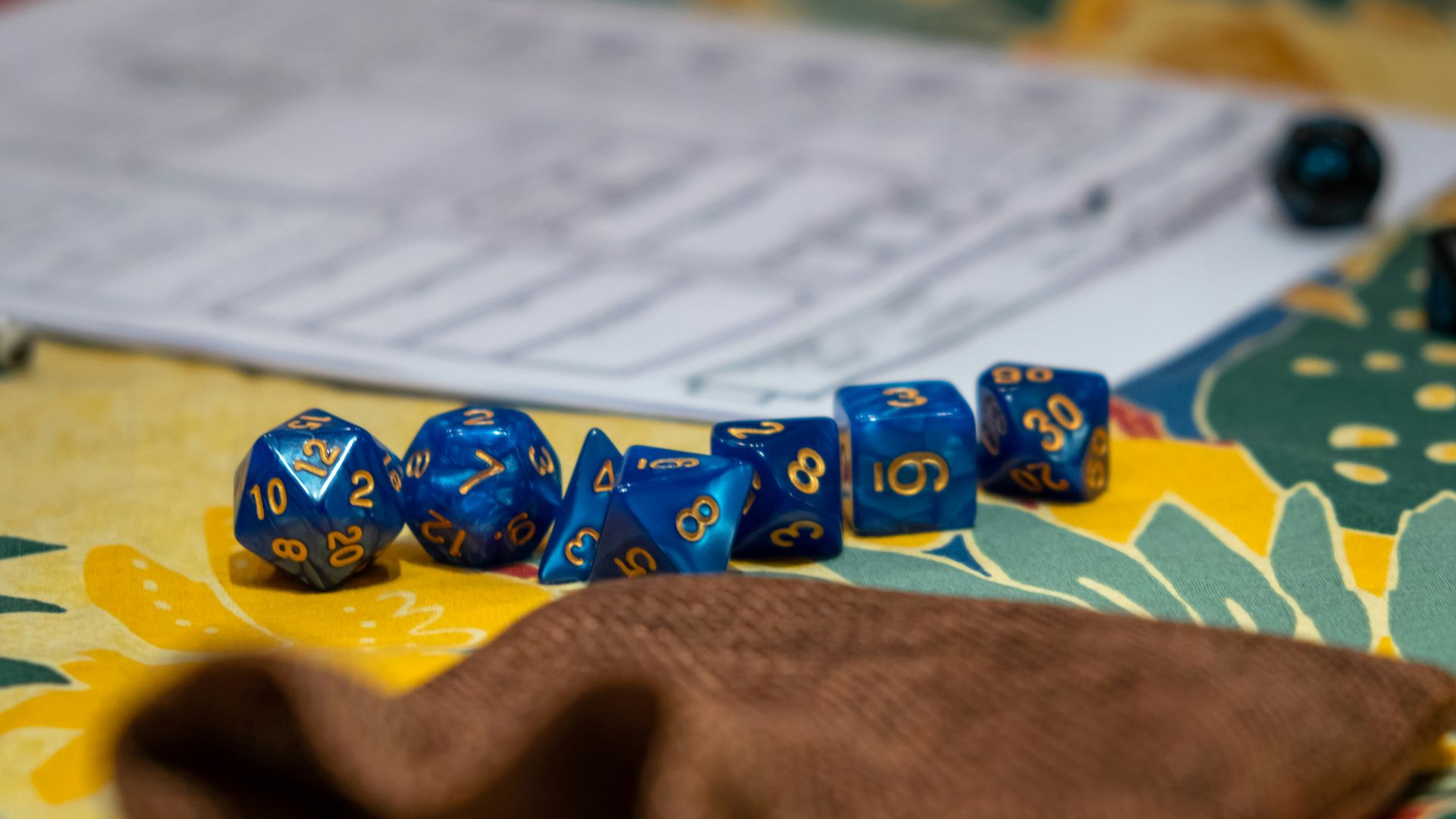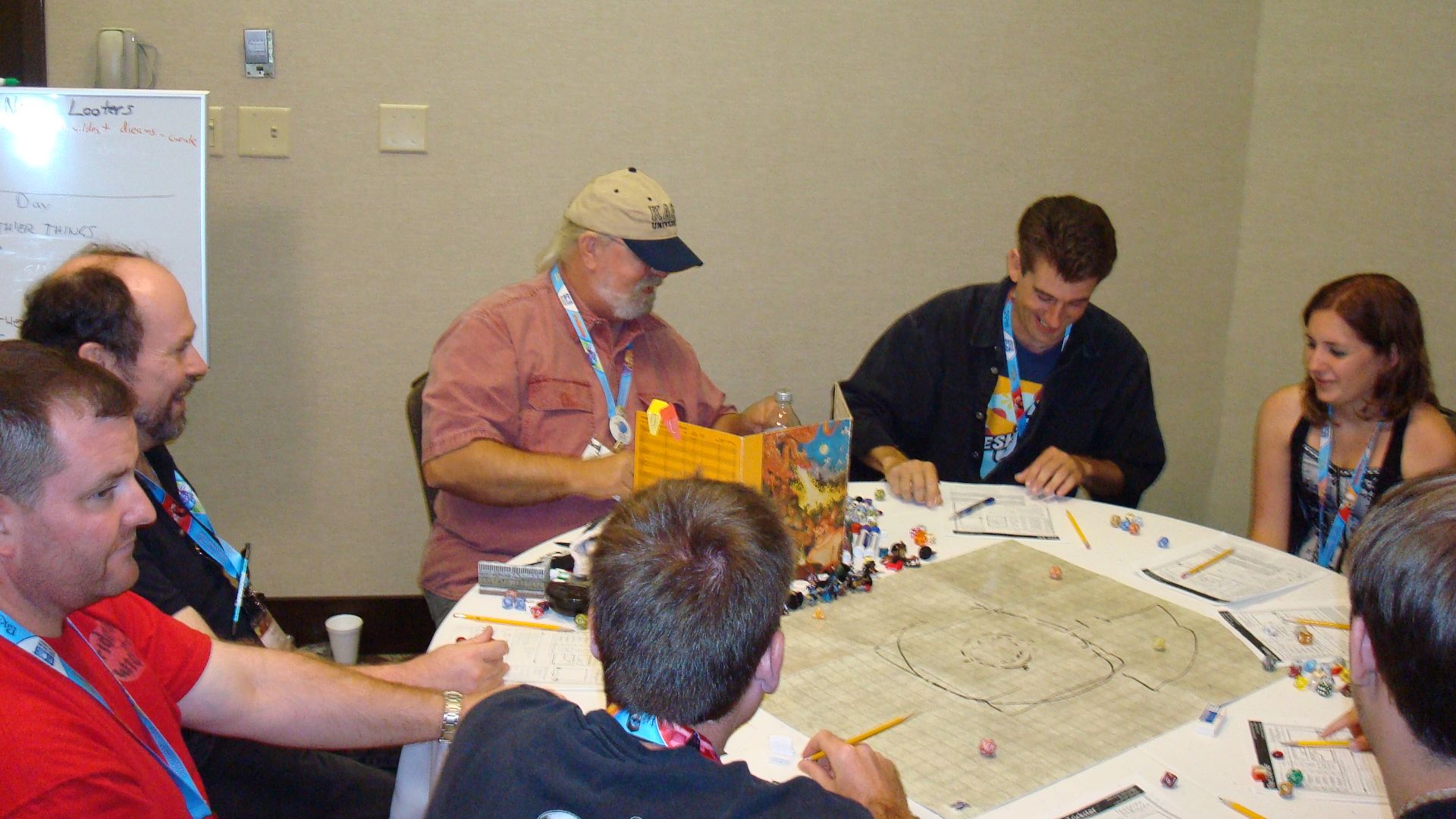5th Edition In The Spotlight
Dungeons & Dragons 5e has been around long enough to earn both diehard fans and its fair share of critics. Around every table, you’ll hear cheers about what it gets right and groans about the things that just feel off. But that’s what makes 5e interesting: it inspires passion and fury on both sides. So, first, let’s take a look at ten things that make D&D 5e a little harder to love.
1. Bonus Action Economy
The bonus action system in D&D 5e feels more like a shackle than a feature. Players are frequently forced into tough choices, with spellcasters picking between a leveled spell and a cantrip. Meanwhile, most monsters never benefit from bonus actions at all, creating a lopsided combat experience that stifles creativity.
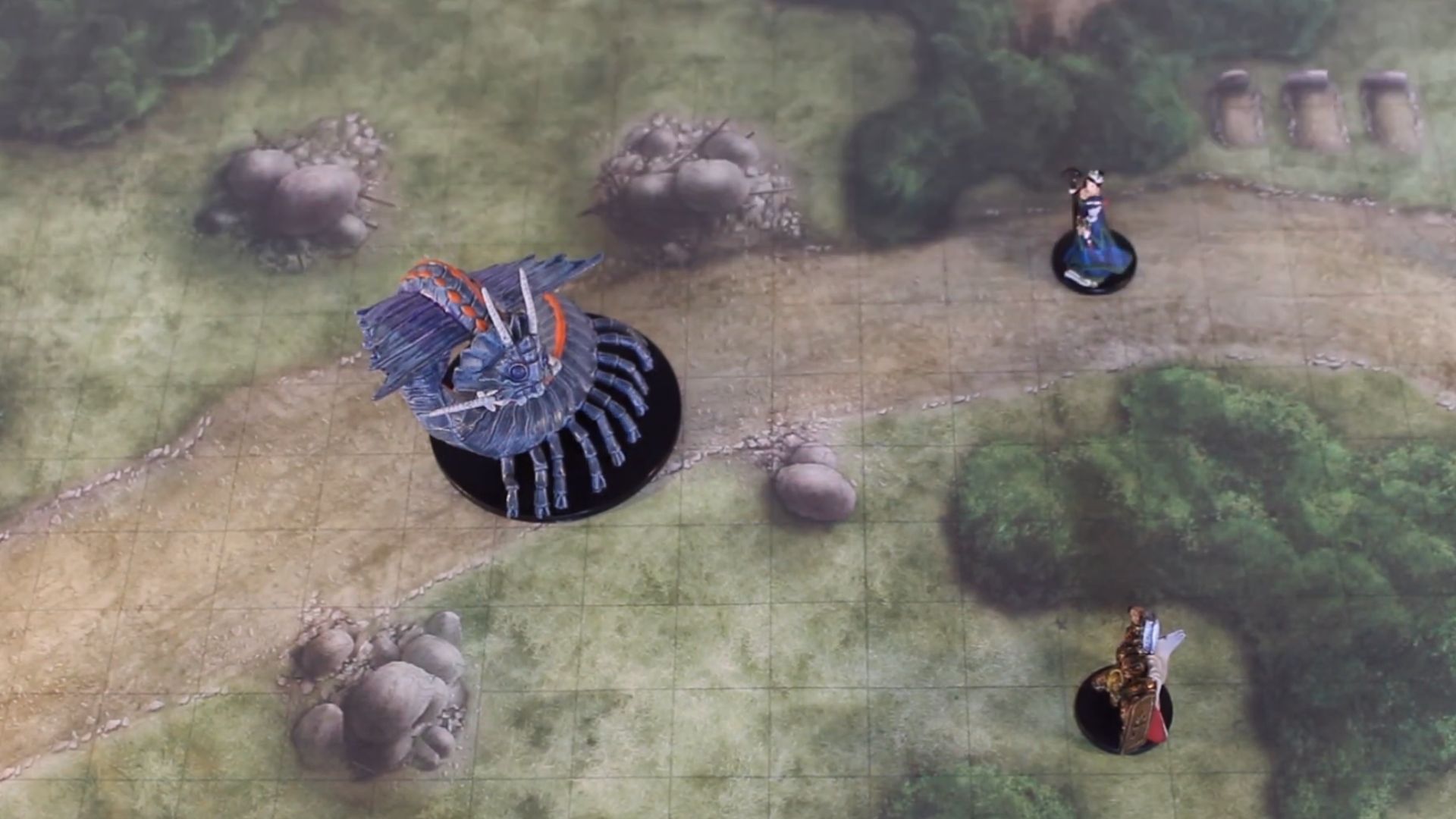 Disengage & Bonus Action Spells in Dungeons & Dragons 5E by How to D&D
Disengage & Bonus Action Spells in Dungeons & Dragons 5E by How to D&D
2. High-Level Play Balance
While early adventures maintain a natural rhythm, the ascent to higher levels reveals mounting structural strains. Combat increasingly bogs down under complex abilities, powerful classes eclipse their peers, and even legendary monsters find themselves overwhelmed by the sheer volume of player turns.
 D&D Combat: Actual Example | The First Arcadian's D&D Tutorial by The First Arcadian
D&D Combat: Actual Example | The First Arcadian's D&D Tutorial by The First Arcadian
3. Exploration And Social Pillars
From a design perspective, D&D 5e's vague exploration and social rules create inconsistent experiences at the table. Due to this, Dungeon Masters bear the burden of constant improvisation, while players often voice frustration over the lack of mechanical support.
4. Adventuring Day Resource System
The adventuring day design in 5e expects parties to face a gauntlet of encounters before resting, but most campaigns rarely follow that pace. Players lean into “nova” tactics, burning every spell and ability in one fight. The result is a constant mismatch between the system’s expectations and the reality of how people actually play.
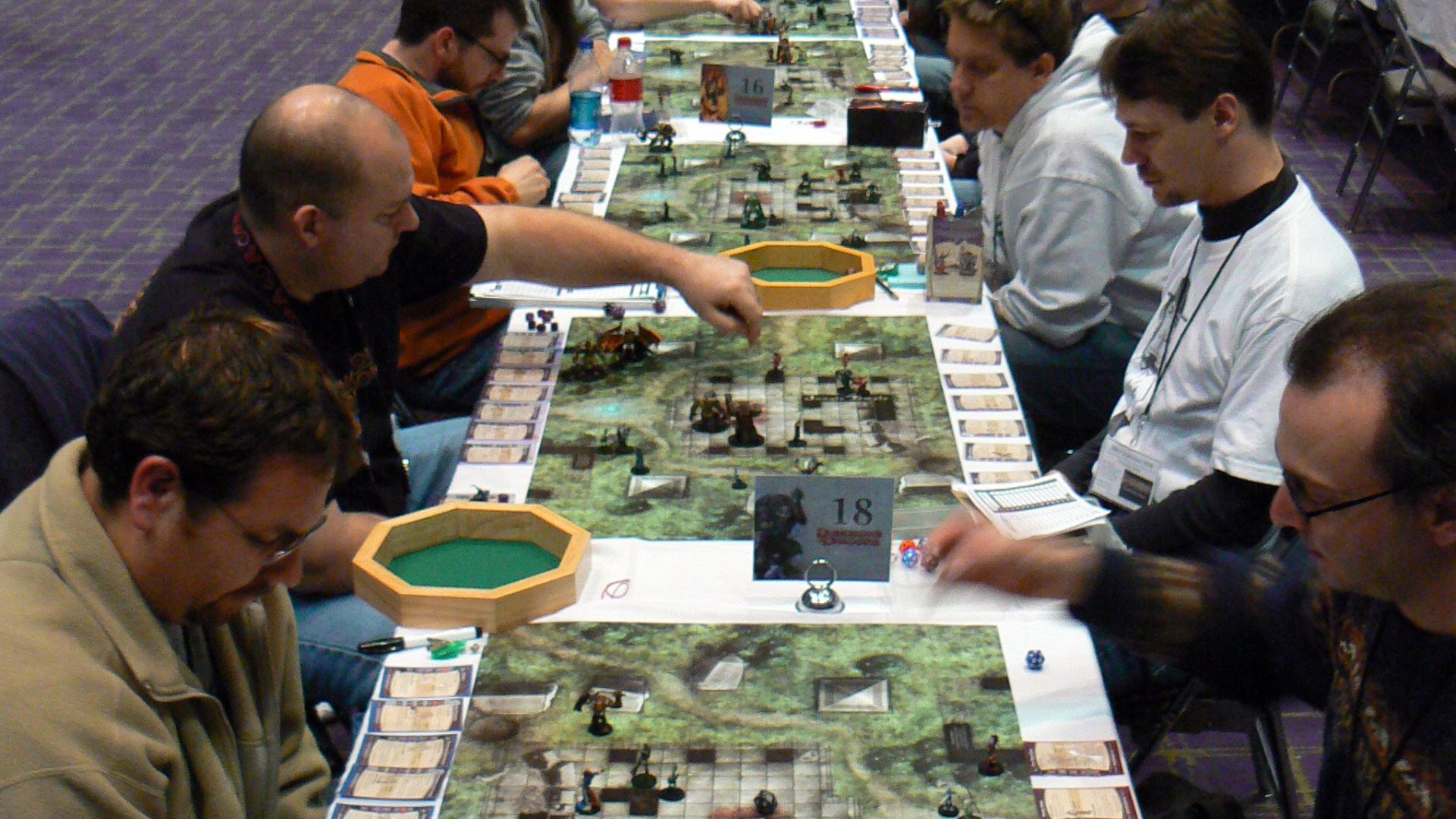 Benny Mazur from Toledo, OH on Wikimedia
Benny Mazur from Toledo, OH on Wikimedia
5. Martial Or Caster Disparity
Many D&D players start their journey excited about their chosen class. However, as campaigns reach higher levels, a stark reality sets in. Spellcasters unlock increasingly powerful magic that leaves martial characters in the dust, a phenomenon veterans call the "linear fighter, quadratic wizard" problem.
 How to Stop Players from Long Resting All the Time | Dungeons & Dragons by the DM Lair
How to Stop Players from Long Resting All the Time | Dungeons & Dragons by the DM Lair
6. Feats As Optional Rules
Feats in 5e live in a strange limbo: officially optional, yet practically indispensable. Iconic choices like Polearm Master or Sharpshooter warp the balance of combat, making them feel less like extras and more like mandatory upgrades. This contradiction leaves players second-guessing whether “optional” really means optional at all.
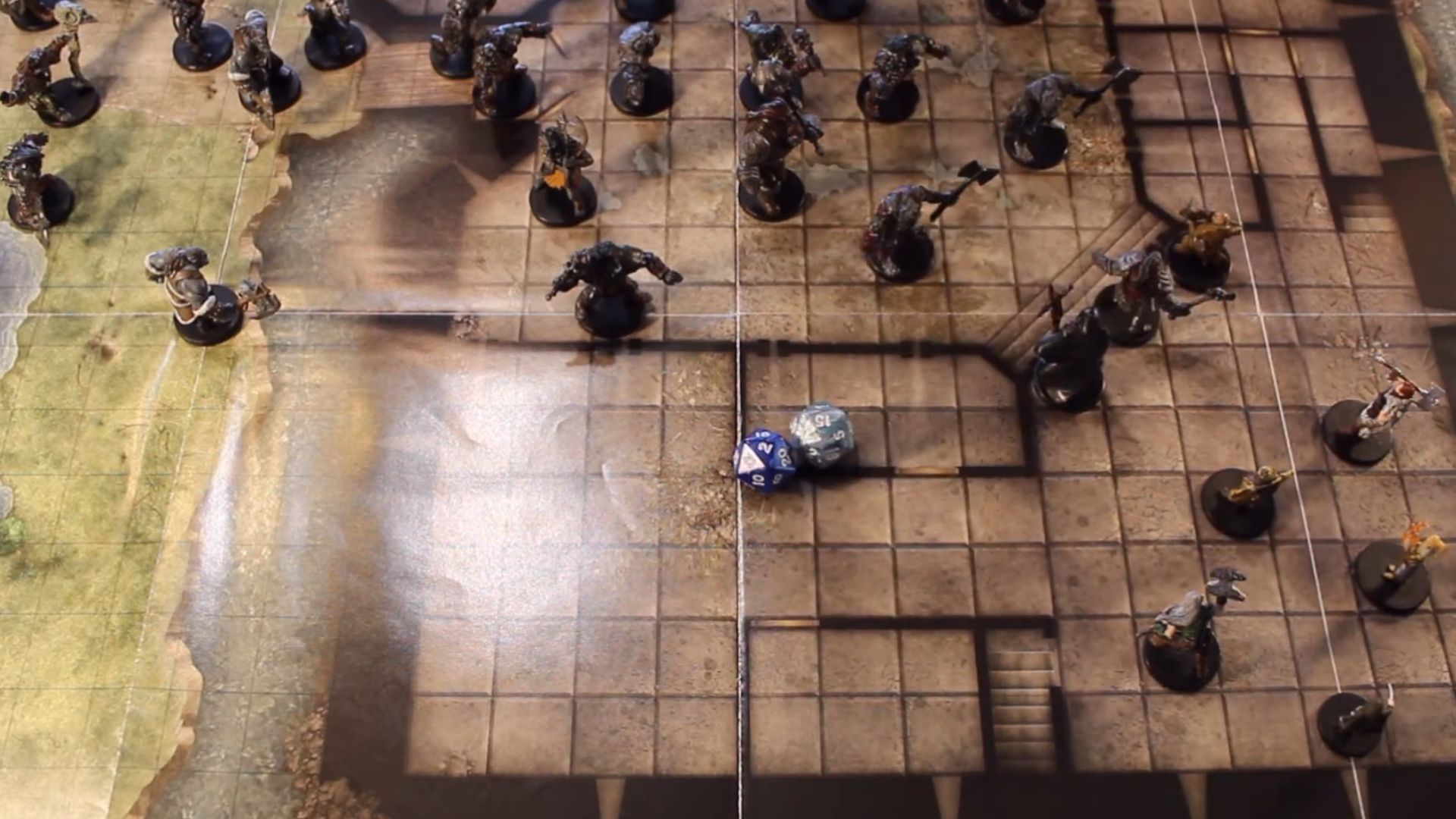 D&D (5e): Crossbow Expert Feat by How to D&D
D&D (5e): Crossbow Expert Feat by How to D&D
7. Challenge Rating (CR) System
When evaluating encounter design tools, the official Challenge Rating system represents a well-intentioned but flawed approach to balancing combat. Its reliability issues with mixed and high-level parties, combined with action economy complexities, have pushed many Dungeon Masters toward community-developed alternatives.
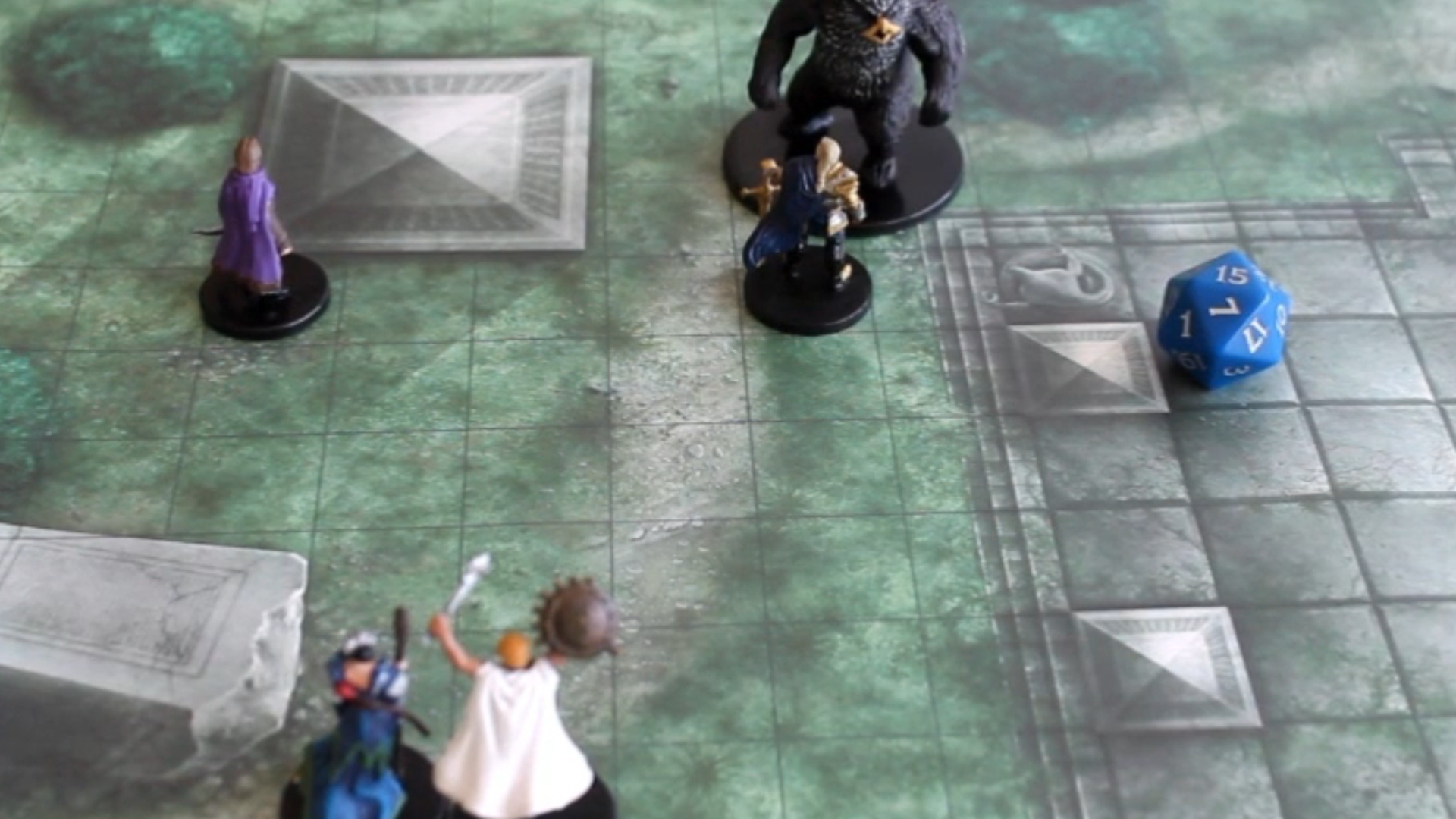 D&D (5e): The Combat Turn by How to D&D
D&D (5e): The Combat Turn by How to D&D
8. Magic Item Economy
The absence of a comprehensive magic item economy in D&D 5e's core rules creates significant challenges for Dungeon Masters attempting to manage item transactions and rewards. This systemic gap leads to inconsistent item availability across different campaigns.
9. Rulebook Organization
Anyone who's frantically flipped through D&D 5e's core rulebooks mid-session knows the frustration of scattered information and organizational hurdles. Plus, important rules feel like buried treasure, hidden across multiple sections and volumes.
 D&D (5e): Players Handbook Review by How to D&D
D&D (5e): Players Handbook Review by How to D&D
10. Character Customization
Unlike the extensive customization found in many tabletop RPGs, D&D 5e takes a more streamlined approach that limits mechanical differentiation between characters. This constraint has led many players to seek variety through multiclassing or venture into homebrew and third-party content to expand their character-building possibilities.
 D&D 5E Character Creation Guide by WASD20
D&D 5E Character Creation Guide by WASD20
Now, let’s talk about ten reasons players can’t stop enjoying 5e.
1. Advantages And Disadvantages System
Earlier editions of D&D struggled with an intricate web of situational modifiers, but 5th edition elegantly solved this with the advantage/disadvantage system. By simply rolling two d20s and taking the higher or lower result for ability checks, attacks, and saves, its mechanics delights both newcomers and veterans alike.
2. Character Backgrounds
Traditional roleplaying games struggled to mechanically support character histories beyond class abilities, but D&D 5e elegantly solved this through character backgrounds. These pre-adventure stories grant tangible benefits like extra skills and proficiencies, which naturally encourage deeper backstories.
 D&D 2024 Character Creation Guide by WASD20
D&D 2024 Character Creation Guide by WASD20
3. Bounded Accuracy
Bounded accuracy represents a fundamental design principle of D&D 5th edition that constrains numerical bonuses and difficulty classes within carefully calculated limits. This mechanical framework prevents the statistical inflation that plagued earlier editions.
4. Concentration Mechanic For Spells
Back in earlier D&D editions, spellcasters could stack multiple magical buffs to create overpowered combinations. Fifth edition elegantly solved this through concentration mechanics, allowing only one such spell at a time and requiring saving throws when damaged.
 Spells and Spellcasting Guide for Dungeons and Dragons 5e by Dungeon Dudes
Spells and Spellcasting Guide for Dungeons and Dragons 5e by Dungeon Dudes
5. Legendary Actions And Lair Actions
A common challenge in combat is players overwhelming powerful monsters through sheer numerical advantage. To address this, boss creatures employ legendary actions that grant them extra activities outside their turn. Dragons and liches demonstrate how these mechanics maintain challenge even against multiple foes.
6. Simplicity Of The Core D20 Mechanic
Unlike many tabletop systems that burden players with intricate rules, this edition distills gameplay to a core mechanic inherited and refined from 3rd edition. By resolving attacks and saving throws through a unified d20 system, 5e achieves remarkable accessibility.
7. Inspiration For Rewarding Roleplaying
Encouraging players to fully embrace their characters has long been a challenge in tabletop gaming, which is why D&D 5e introduced the inspiration mechanic. This lets Dungeon Masters reward engaging roleplay and creative solutions with a powerful advantage on any roll.
8. Cantrips As At-Will Abilities
At the foundation of D&D 5e's spellcasting system lies the ability to cast cantrips without expending spell slots. These magical abilities grow stronger as casters gain levels, ensuring their ongoing relevance throughout a character's journey.
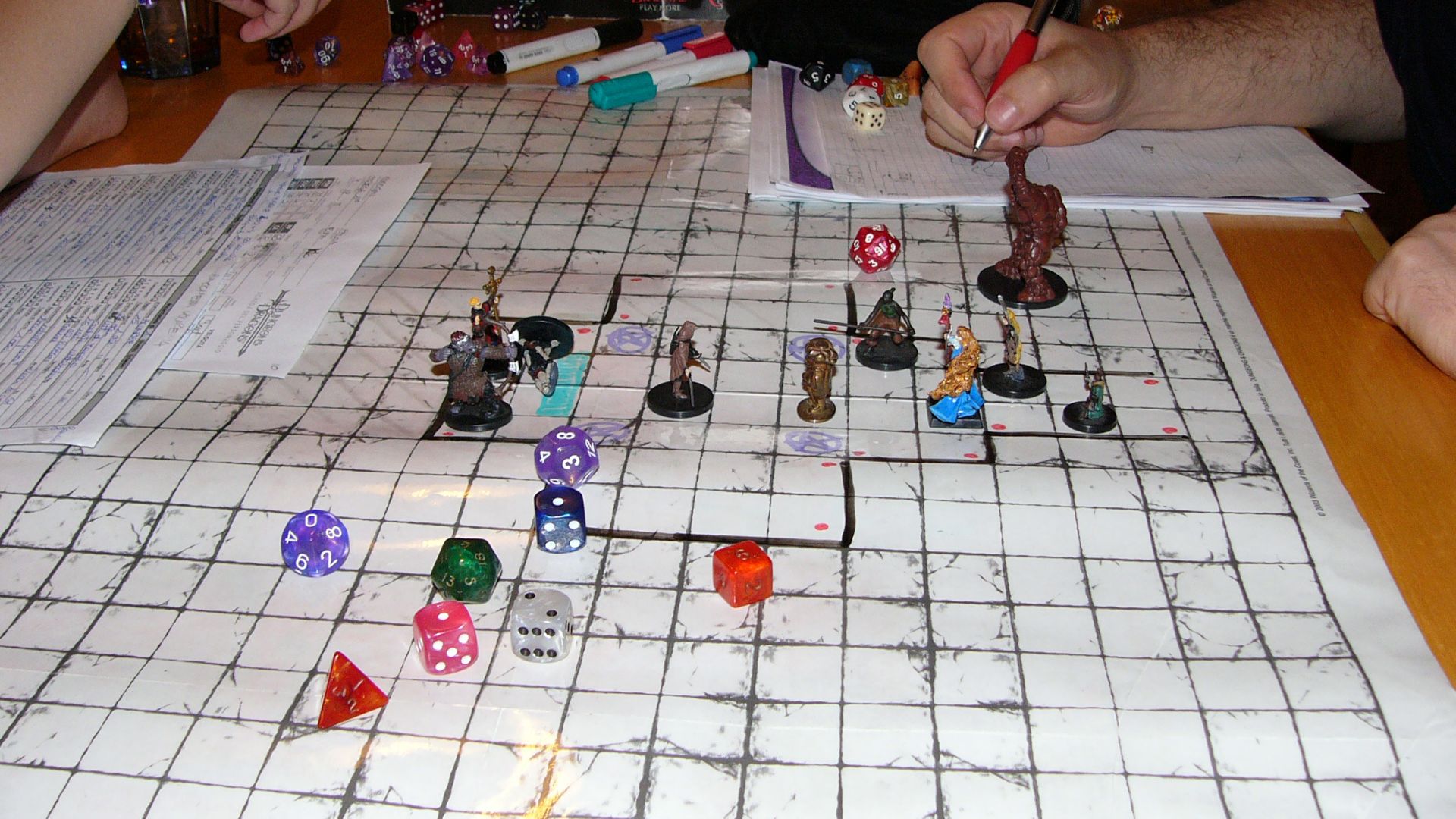 No machine-readable author provided. Moroboshi assumed (based on copyright claims). on Wikimedia
No machine-readable author provided. Moroboshi assumed (based on copyright claims). on Wikimedia
9. Massive And Active Player Community
The core of D&D 5e pulses with a massive global player base, creating a vibrant ecosystem where official content sparks community innovation. Moreover, online platforms and social media weave players together, spawning countless streaming shows and actual play podcasts.
 Javier Mediavilla Ezquibela on Wikimedia
Javier Mediavilla Ezquibela on Wikimedia
10. Backwards Compatibility And Nostalgia
Converting adventures from older D&D editions into 5e can be a complex hurdle, but Wizards of the Coast tackled this challenge head-on. The system maintains smooth compatibility with current 5e content while strategically updating beloved monsters, spells, and classic settings like Ravenloft and Greyhawk.
 Van Richten's Guide to Ravenloft Review (D&D 5E) by How to D&D
Van Richten's Guide to Ravenloft Review (D&D 5E) by How to D&D


